Did you know that 90% of corporate data breaches occur not from sophisticated hacking, but through overlooked gaps in everyday cybersecurity practices? Your digital safety might be at greater risk than you think.
In today's interconnected world, cybersecurity isn't just an IT issue; it's a critical, personal responsibility that impacts every aspect of our lives. With threats evolving faster than public awareness, the time to fortify digital defenses is now.
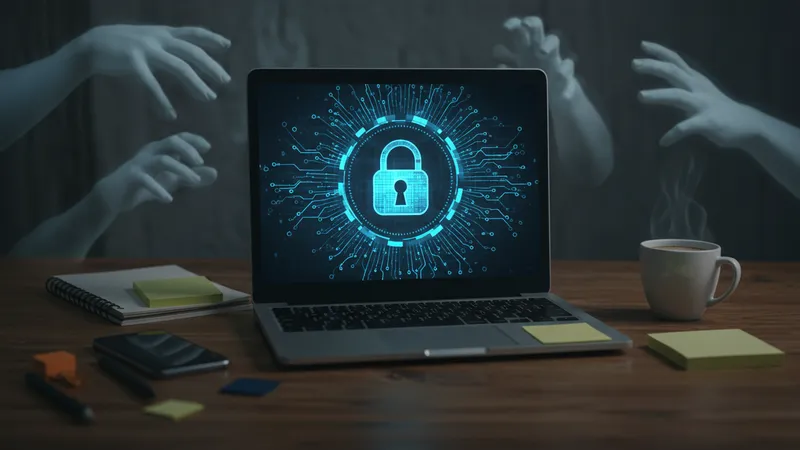
Consider this: Even tech giants with robust security infrastructures frequently encounter data breaches. In fact, a recent stealth cyber-attack went unnoticed for months, affecting millions of users globally. Some might presume their private information remains shielded. But here’s the truth—it is astonishingly vulnerable. Many organizations still rely on outdated security protocols, leaving their data ripe for exploitation. But that’s not even the wildest part…
Research shows that a simple oversight in updating an operating system or neglecting two-factor authentication could render state-of-the-art security software ineffective. These minor errors open the floodgates to potential threats, showing just how fragile our digital safehouses are. Shockingly, insiders often pose as great a risk as external hackers. These revelations might make you rethink what you thought you knew about cybersecurity. What happens next shocked even the experts…
Many individuals assume that antivirus software alone is enough to protect against all cyber threats. However, this misconception can have severe consequences. Software cannot cover the spectrum of vulnerabilities found in outdated hardware or unsecured Wi-Fi connections. Even the most expensive antivirus suite can't save you if your network is compromised. But there’s one more twist…

Cybersecurity threats are advancing, but the knowledge of the average user isn't catching up. For example, less than 30% of internet users employ tools like VPNs, leaving thousands vulnerable to network spying and data theft. This gap in understanding is exactly what cybercriminals bank on. Could simple education change the narrative? The numbers might surprise you…
Furthermore, employees often inadvertently expose corporate data by connecting to unsecured public networks. Insiders often underestimate the importance of secure connections, leading to countless breaches every year. Imagine joining a café network, assuming a VPN is running, but there's a technical glitch. That single slip-up could cost a company millions. But that’s not all…
Companies frequently focus on the wrong security metrics. Instead of bolstering encryption or patching vulnerabilities, some invest heavily in compliance documentation. While compliance is crucial, it is not a foolproof toolkit against a determined hacker. What you read next might change how you see this forever.
Two-factor authentication (2FA) is heralded as a silver bullet in cybersecurity. By requiring an additional verification step, it significantly boosts security. However, this system isn't invincible. Researchers have discovered that certain types of 2FA can be compromised via sophisticated phishing techniques, where attackers mimic the 2FA interfaces almost perfectly. As chilling as this sounds, there’s more to unravel...
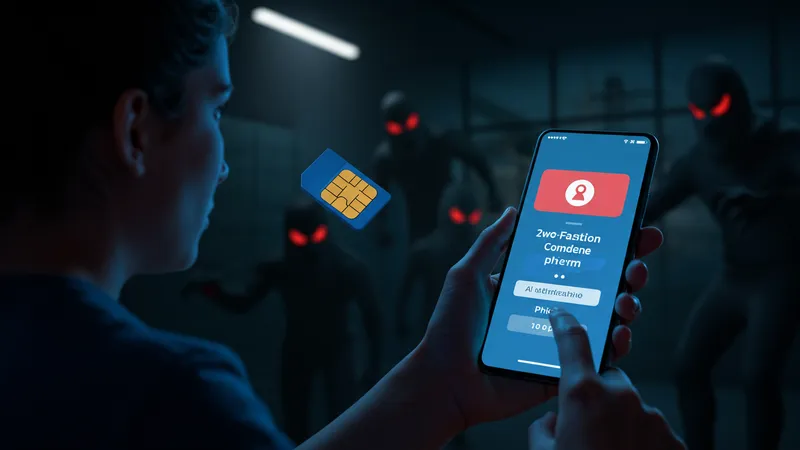
For instance, SMS-based 2FA—which sends a code to your mobile—is particularly vulnerable to SIM-swapping attacks. Hackers can trick your mobile provider into assigning your number to a new SIM, giving them access to all security codes. This could lead to unauthorized access to your financial accounts. So why haven’t alternatives been universally adopted?
Cost and convenience are two primary barriers. More secure 2FA methods, like hardware tokens, involve purchasing additional devices, which many users find cumbersome. Thus, many fallback to less secure options, unknowingly placing themselves in danger. But here's a twist you didn’t expect…
The most secure systems are often the least user-friendly, creating friction that results in users disabling them altogether. Balancing security with user experience remains one of the most pervasive challenges in cybersecurity today. What happens when convenience consistently trumps security priorities?
While the financial ramifications of a data breach are enormous—averaging $4 million per incident worldwide—the impact often extends beyond mere monetary loss. Businesses lose customer trust, suffer reputational damage, and face increased regulatory scrutiny. These intangible costs can be eternal, far outliving the financial shock. But the story doesn’t end here…

Moral fallout is another aspect rarely discussed. When user data gets compromised, ethical questions arise regarding transparency and responsibility. Should companies be mandated to publicly disclose all security breaches promptly? Many businesses waver, prioritizing their public image over transparency. This difficult balance of disclosure affects their integrity, potentially affecting corporate longevity.
The talent pool for cybersecurity professionals also feels the pressure. As breaches rise, cybersecurity roles proliferate, yet the supply of qualified professionals lags, widening the skills gap. Organizations find themselves in a bidding war for scarce talent, driving salaries higher than ever before. What happens when we lack the people to run our security infrastructures?
Furthermore, the mental toll on incident response teams post-breach is staggering. Burnout rates are higher than in any other IT profession, and after a breach, these professionals are relentlessly scrutinized. How can companies safeguard both their data and their staff effectively? The next revelation might surprise you…
Smart devices, from refrigerators to smartwatches, bring unprecedented convenience but also pose unforeseen security risks. Every connected device becomes an entry point for cybercriminals. Surprisingly, manufacturers often overlook robust security protocols for IoT devices. Are our digitized comforts a hidden vulnerability?
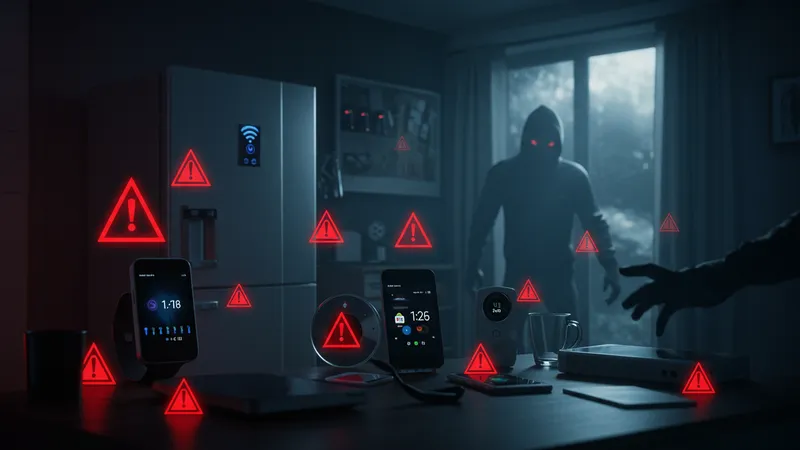
Many smart devices lack regular software updates or security patches, making them appealing targets for hackers. Recently, a group of researchers demonstrated how a smart thermostat could be hacked to infiltrate an entire home network. This lapse exposes personal information and threatens safety by manipulating essential devices.
User complacency exacerbates these issues. People often neglect to change default passwords or customize device settings that could improve security. Once attackers exploit these simple oversights, full access to personal and corporate networks could follow. Imagine the damage a compromised smart office could cause.
The complexity and number of IoT devices make them difficult to monitor and safeguard. Companies and consumers need to recognize that the security of the IoT ecosystem is only as strong as its weakest link. Will we adapt swiftly enough to counter these threats or continue to risk exposure?
Crowdsourced security initiatives, like bug bounty programs, have seen a surge in popularity. Tech giants offer hefty rewards to ethical hackers for finding vulnerabilities. While this opens doors to innovative solutions, it presents new challenges, too. Are these crowd-sourced approaches truly foolproof?
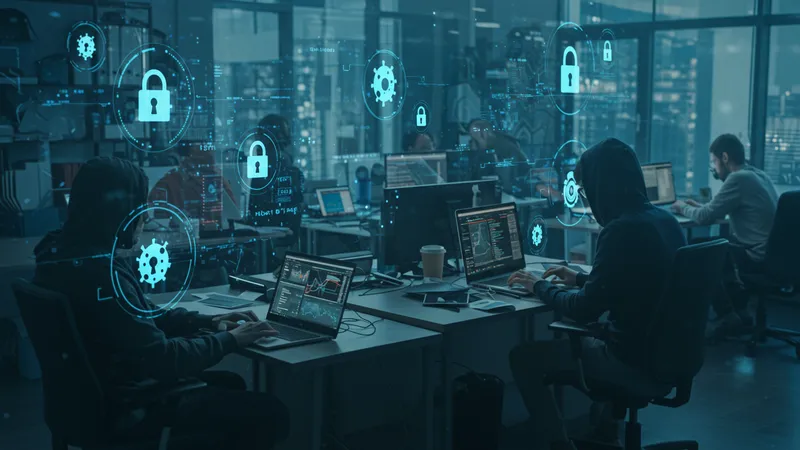
While many vulnerabilities are identified and resolved, coordinating massive crowdsourced initiatives is complex. False positives, unverified reports, and varying skill levels among participants can strain cybersecurity teams. Despite the successes, managing these programs requires time and resources, often underestimated by sponsors.
Moreover, the prospect of offering rewards might inadvertently encourage ‘gray-hat’ behavior, where hackers operate independently and disclose findings for a bounty. This bargaining approach can strain relations between security researchers and corporations and complicate legal landscapes.
As organizations become increasingly dependent on crowdsourced security, the trend toward community-based vulnerability management raises another question. Can informal structures intersect effectively with formal cybersecurity protocols without compromising data privacy? What you learn next could redefine existing paradigms.
No matter how advanced technology becomes, human error remains the most significant vulnerability in cybersecurity. Phishing attacks, a common exploit technique, prey on human psychology and have a remarkably high success rate. Why do people continue to fall for such tactics?

Lack of awareness and adequate training is often to blame. Many employees fail to recognize phishing attempts or doubt their legitimacy. They either click suspicious links or open malicious attachments, inadvertently compromising security. Raising awareness is key; however, conducting engaging, ongoing training can counter the persistent threat.
Moreover, stress and multitasking can lead to judgment lapses. Collaborating within a high-pressure environment might encourage shortcuts, bypassing security protocols. Frequent simulations and refresher courses can mitigate these human weaknesses, embedding security practices in everyday work habits.
For organizations, building a security-first culture is imperative. Empowering individuals to understand the security policies and cultivate vigilance is vital to addressing human errors. How can leadership foster a true culture of cybersecurity, transforming it from a technical challenge into an organizational priority?
Artificial Intelligence is revolutionizing cybersecurity by predicting and identifying potential threats faster than any human. Machine learning algorithms can analyze vast data volumes, finding novel patterns indicative of emerging threats. Could AI be the ultimate solution for cyber threats?
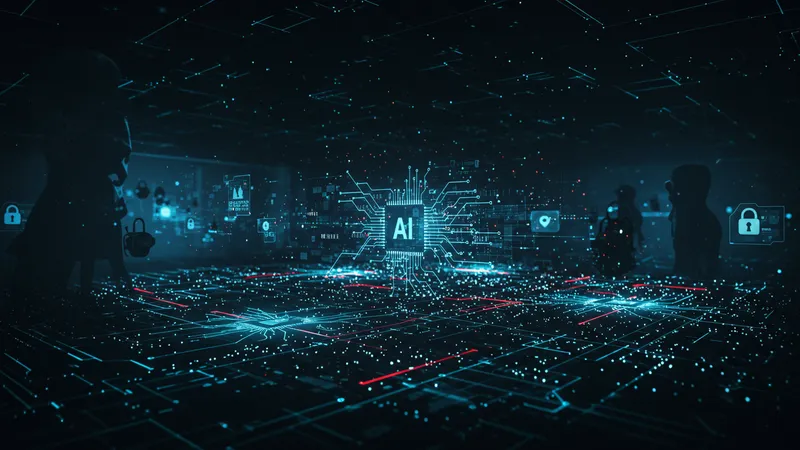
Despite its promise, AI does have limitations. Intelligent algorithms require structured datasets to function effectively. Any inherent biases in input data can skew their effectiveness, potentially overlooking unique or new cyber threats. This bias issue provides an opportunity for refinement but also poses an ongoing risk.
Moreover, cybercriminals increasingly harness AI for offensive operations, crafting more sophisticated and adaptive threats. The dynamic balance between AI-enhanced defenses and AI-driven attacks depicts an escalating arms race in the digital landscape.
For organizations, integrating AI into security infrastructures can bolster defenses significantly, but fundamental security principles must remain. Before AI becomes truly autonomous in combatting digital adversaries, human oversight and strategic planning are indispensable. Are we prepared for AI's rapid advancement, and what role will human intervention continue to play?
Preventative measures alone can't guarantee immunity against cyber threats. Therefore, building resilience involves accepting that breaches might happen and preparing to respond effectively. How do companies build robust incident response plans to prepare for the inevitable?

Preparedness requires a proactive approach—conducting regular threat assessments, simulations, and resilience tests to evaluate response strategies. Identifying vulnerabilities independently or through third-party analysis creates adaptability, ensuring swift recovery post-breach.
Post-breach strategies include clear communication lines, effective data backups, and rapid containment measures to minimize damage and restore normalcy promptly. Collaboration among departments and external partners enriches recovery strategies and fosters shared, robust security environments.
For many, resilience isn’t just a response measure but a mindset. Enabling agile security practices that evolve with threats equips organizations to handle disruptions efficiently. Will switching to a resilient, adaptable security posture become the standard strategy to deal with unstoppable cyber threats?
Cybersecurity is evolving at breakneck speed, challenging everything we know about protecting our digital lives. As threats become more intricate and deceptive, everyone from individuals to multinational organizations must remain vigilant. The only certainty is rapid change—and staying ahead requires learning, adapting, and innovating faster than ever. Share this knowledge with your network, bookmark these insights, and take action before becoming the next statistic.